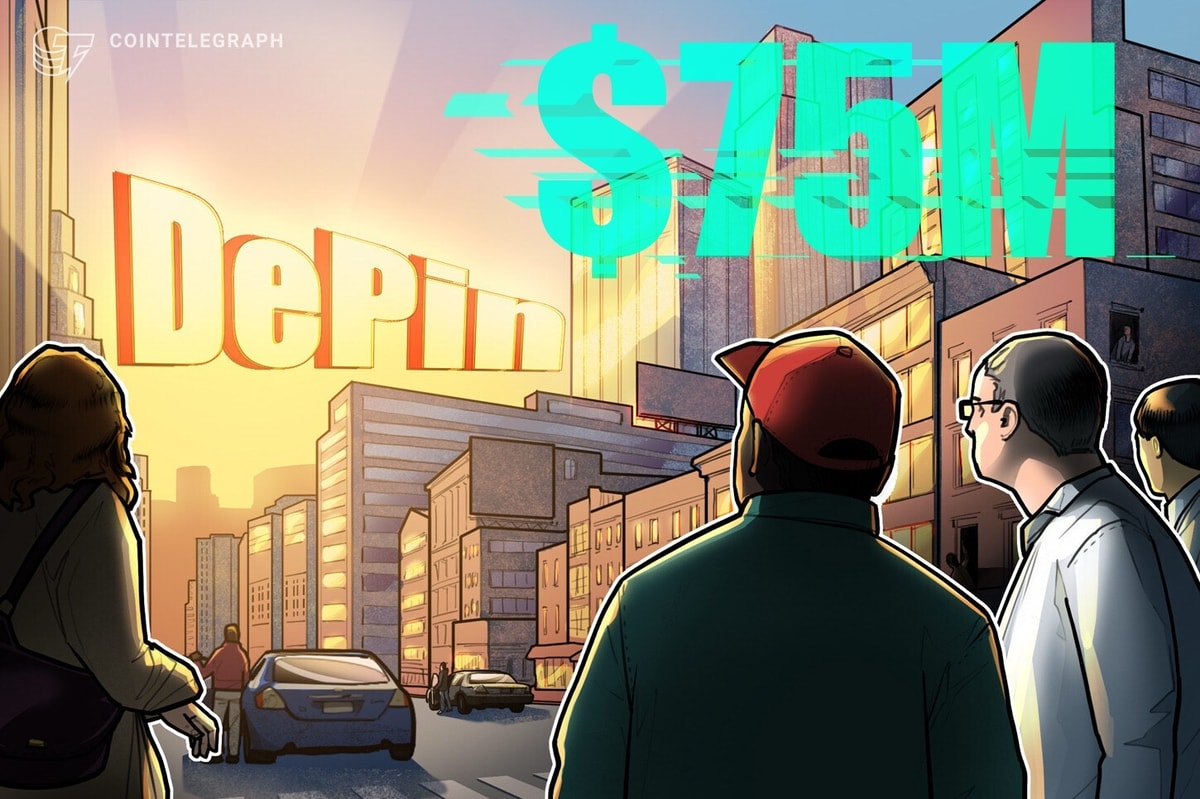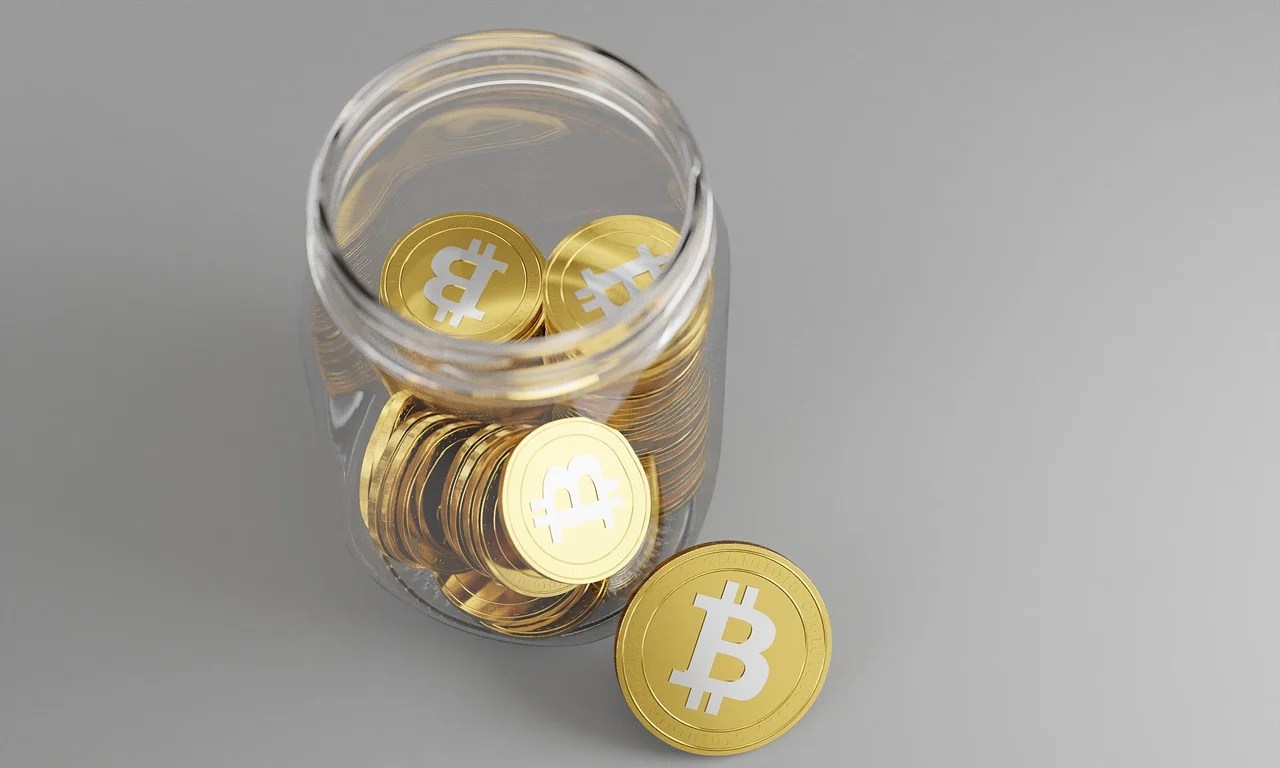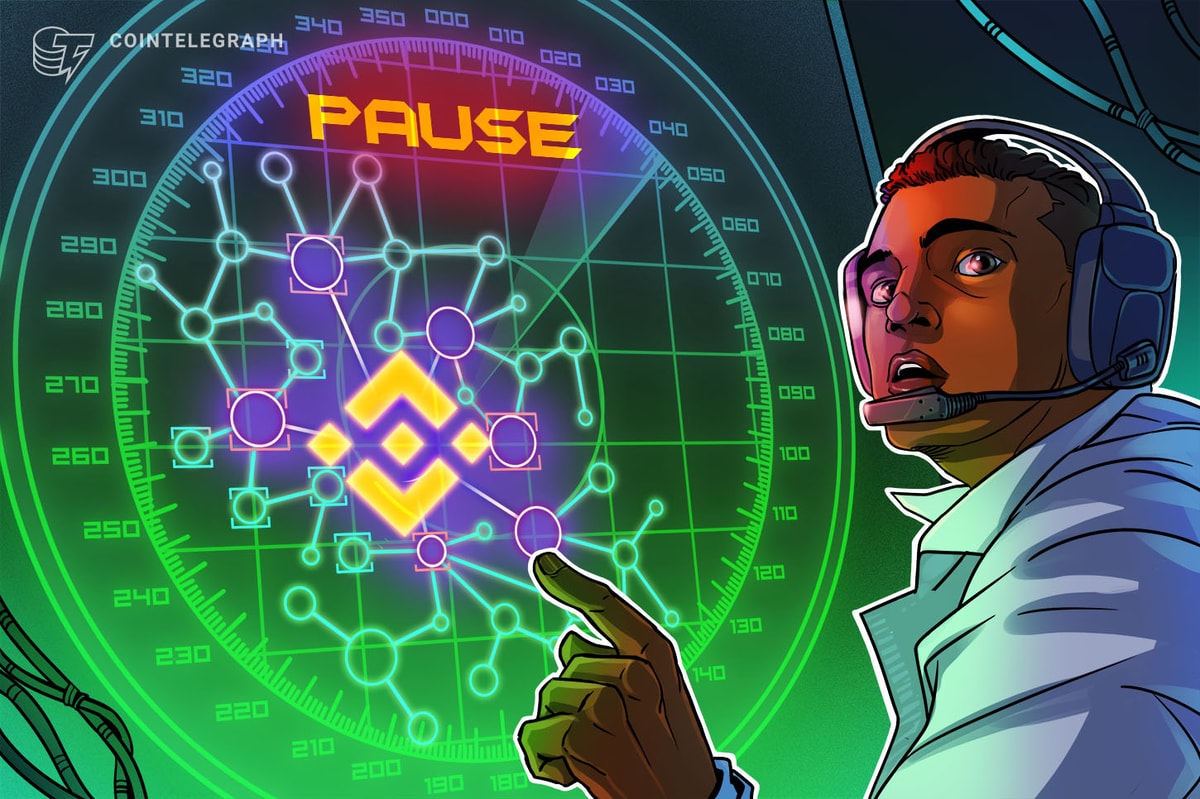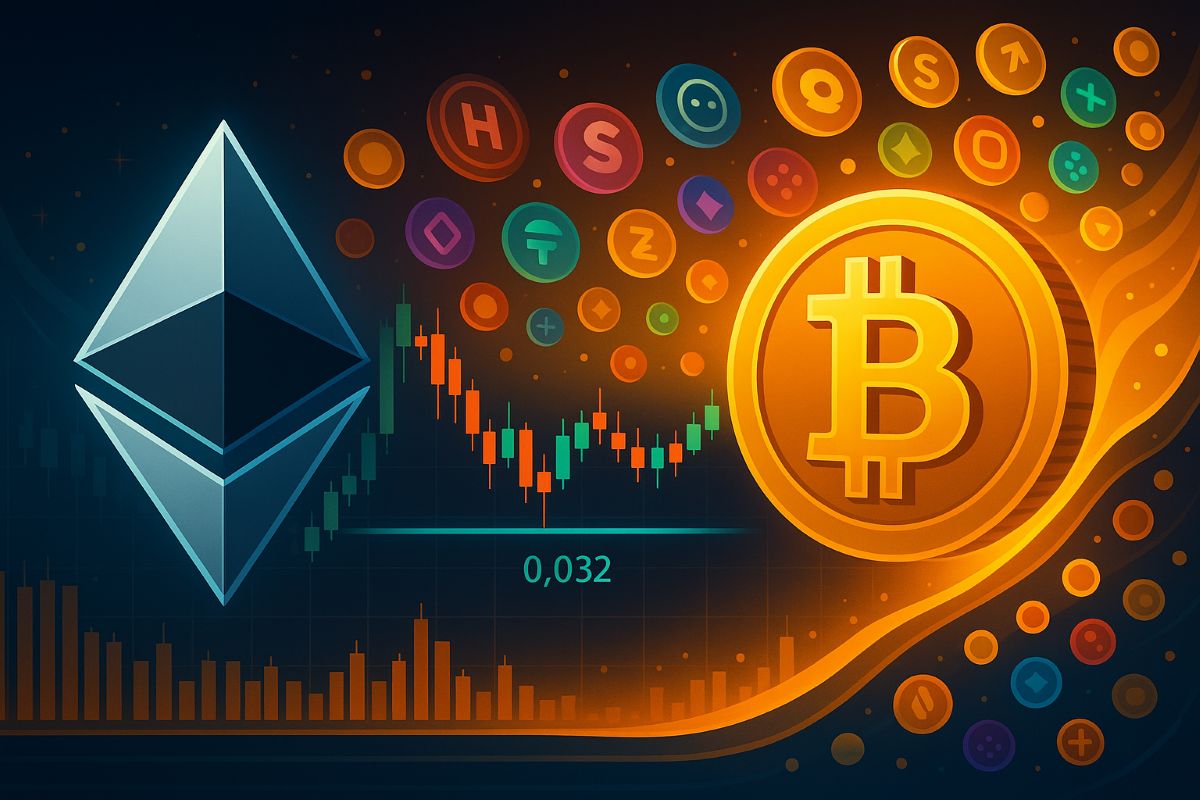Key takeaways:
Bitwise analysts argue that selling pressure has likely peaked, and that dips may be good buying opportunities.
Smaller BTC holders are accumulating even as miners increase exchange deposits.
Recent weakness in Bitcoin (BTC) price appears to have dampened enthusiasm, with Google search interest for the asset falling to a multimonth low. The latest sentiment readings mirrored conditions typically observed during bearish phases, when caution dominates the broader crypto sentiment.
Cointelegraph reported the Crypto Fear and Greed Index has fallen to a “Fear” level of 24, its lowest in a year, down sharply from last week’s “Greed” reading of 71. This decline echoed sentiment levels seen in April, when Bitcoin briefly dipped below $74,000, and parallels previous cycles of market fatigue in 2018 and 2022.
Panic could be an opportunity in Bitcoin: Bitwise
Despite the sharp sentiment drop, Bitwise analysts believe the current setup favors accumulation, not retreat. Director and head of research André Dragosch, senior research associate Max Shannon, and research analyst Ayush Tripathi said that the recent correction was driven largely by external factors, including renewed US–China trade tensions that triggered broad-based risk aversion across global markets.
Bitwise’s weekly crypto market compass report mentioned that the correction was amplified by a record wave of futures liquidations, with Bitcoin’s perpetual futures open interest plunging by nearly $11 billion, “the strongest decline on record.”
Dragosch said that this forced liquidation event has now “meaningfully exhausted selling pressure,” setting the stage for a contrarian buying window similar to the Yen carry trade unwind in August 2024.
“Our in-house Cryptoasset Sentiment Index has dropped to its lowest level since that period,” the analyst said, adding, “Historically, such extremes have marked favorable entry points ahead of seasonal strength in Q4.”
Related: Bitcoin retail interest is in ‘bear market’ as crypto sentiment flips to fear
Smaller Bitcoin holders step up amid miner pressure
Onchain data supported this view. Glassnode reported that smaller Bitcoin holders, ranging from 1 to 1,000 BTC, have ramped up accumulation in recent days, offsetting reduced buying from large holders. This pattern suggested renewed confidence from retail and mid-tier investors, even as market volatility persists.
However, other indicators paint a more complex picture. CryptoQuant data showed that since last Thursday, miners have deposited roughly 51,000 BTC (worth over $5.7 billion) to exchanges, marking the largest inflow since July. Such activity often precedes sell-side pressure, as miners typically move holdings to exchanges to liquidate or hedge positions.
Similarly, long-term holders might also be exiting their positions, as data indicated that 265,715 BTC has been sold over the past 30 days, the largest monthly outflow since January 2025.
Nonetheless, Bitcoin’s stability around the $110,000 level indicated that institutional or ETF demand may be absorbing the excess supply. Together, these opposing flows suggest the market is transitioning from capitulation toward reaccumulation, a setup Bitwise analysts view as the foundation for a bullish Q4.
Related: Bitcoin Coinbase Premium keeps BTC above $110K: Will this level hold?
This article does not contain investment advice or recommendations. Every investment and trading move involves risk, and readers should conduct their own research when making a decision.

 2 hours ago
1
2 hours ago
1
.jpeg)

































 English (US) ·
English (US) ·